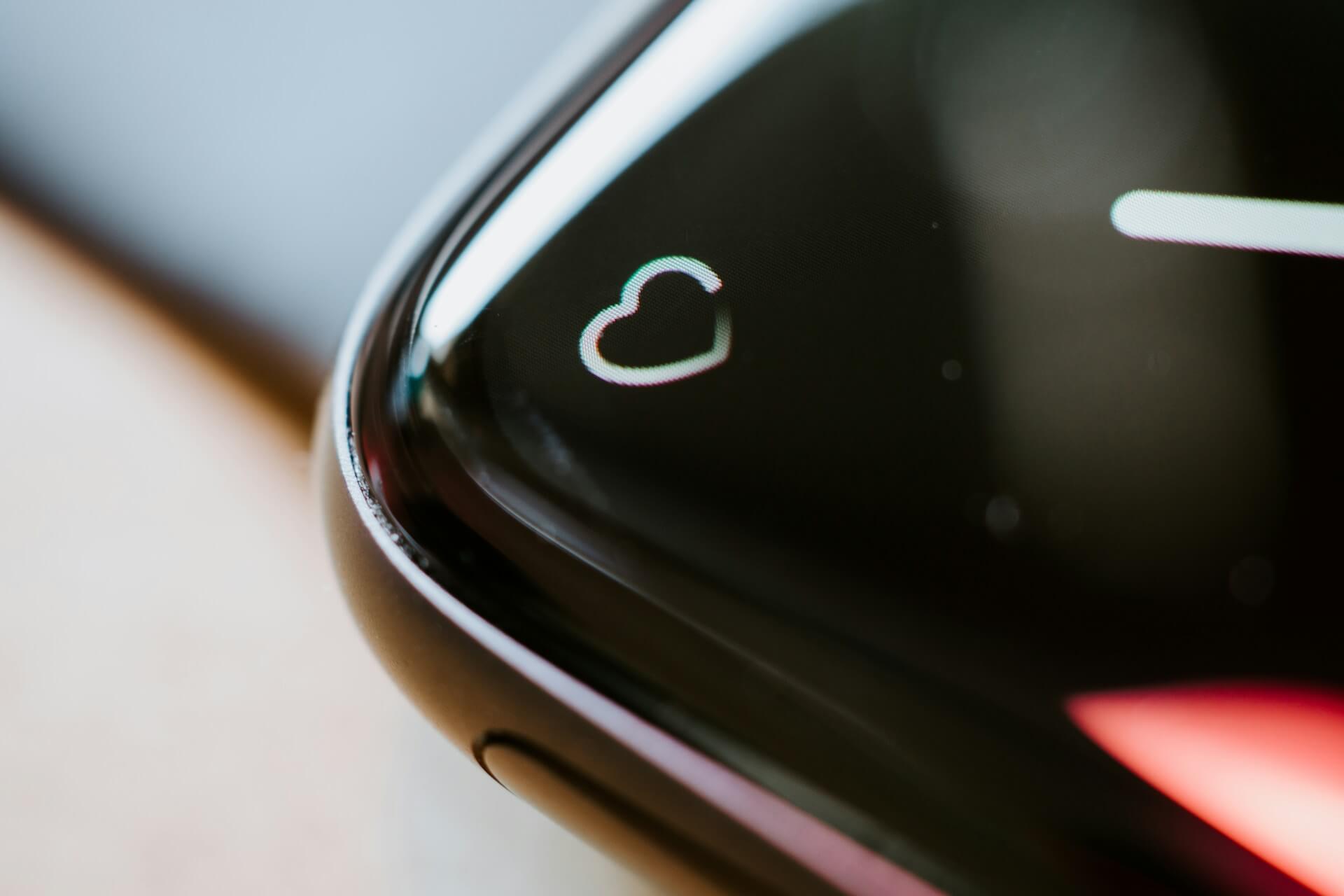
The Apple Watch has evolved from a stylish accessory to a powerful health companion. Among its standout features are the heart rate and blood oxygen sensors, which provide users with real-time insights into their cardiovascular and respiratory health. But how do these sensors work, and how accurate are they?
Understanding the Heart Rate Sensor
The Apple Watch employs photoplethysmography (PPG) to measure heart rate. This technology uses green LED lights and photodiodes to detect the amount of blood flowing through your wrist. When your heart beats, the volume of blood in your wrist changes, affecting the amount of light absorbed by the skin. The watch measures these variations to calculate your heart rate.
For more precise readings, especially in detecting atrial fibrillation (AFib), newer models like the Series 4 and later, including the Ultra series, feature an electrical heart sensor. By placing your finger on the Digital Crown, a closed circuit is created, allowing the watch to record electrical signals from your heart, providing an electrocardiogram (ECG) .
How to Use the Heart Rate Sensor
The Apple Watch comes with a built-in Heart Rate app, so you do not need to download any additional software to start measuring your heart rate. To use it:
- Open the Heart Rate app directly on your Apple Watch.
- Sit or stand still and make sure the watch is snug on your wrist for accurate readings.
- Wait for the measurement; a reading typically appears within 30 seconds.
- View your results in the app or sync them automatically to the Health app on your iPhone.
For users who want more detailed analysis or additional features such as heart rate trends, alerts, or workout-specific metrics, there are reputable third-party apps available on the App Store. Some popular options include:
- Cardiogram – Provides detailed heart rate graphs and insights into heart health.
- HeartWatch – Offers advanced tracking and personalized notifications for unusual heart rate patterns.
- Zones for Training – Focuses on heart rate zones to optimize workouts and recovery.
These third-party apps complement the built-in Heart Rate app and can help you make the most of your Apple Watch’s sensors for both everyday monitoring and fitness purposes.

Accuracy of the Heart Rate Sensor
Studies have shown that the Apple Watch provides highly accurate heart rate measurements. A systematic review of 56 studies found that the mean absolute percent error for heart rate measurements was 4.43%, which is considered excellent accuracy.
However, accuracy can be influenced by factors such as skin tone, wrist placement, and motion. For instance, tattoos can interfere with the sensor's ability to detect blood flow, leading to less accurate readings.
Understanding the Blood Oxygen Sensor
The blood oxygen sensor in the Apple Watch utilizes red and infrared light to measure the oxygen saturation in your blood. By emitting these light wavelengths into your skin and measuring the amount of light reflected back, the watch can determine the percentage of oxygen in your blood. This is known as pulse oximetry.
The sensor is particularly useful for monitoring respiratory conditions and assessing overall wellness. It's important to note that while the Apple Watch provides valuable insights, it is not a replacement for medical-grade equipment.
How to Use the Blood Oxygen Sensor
The Apple Watch includes a built-in Blood Oxygen app, which means you can start measuring your blood oxygen saturation without installing extra software. To take a reading:
- Open the Blood Oxygen app on your Apple Watch.
- Rest your arm comfortably on a table or your lap to keep it still during the test.
- Ensure the watch fits snugly against your wrist and that your skin is exposed (avoid sleeves covering the sensor).
- Wait for about 15 seconds until the reading completes.
- Check your results in the app or review long-term trends in the Health app on your iPhone.
For those who want to explore advanced respiratory tracking or integrate blood oxygen data into training and wellness plans, there are several trusted third-party apps on the App Store, such as:
- Athlytic – Uses oxygen and heart rate metrics to provide training load and recovery insights.
- Welltory – Combines heart rate variability and oxygen data for stress and wellness monitoring.
- Training Today – Uses blood oxygen and heart data to help athletes determine readiness for workouts.
These third-party apps extend the capabilities of the native Blood Oxygen app, making it possible to tailor the Apple Watch experience to fitness, wellness, or medical tracking needs.

Accuracy of the Blood Oxygen Sensor
The accuracy of the Apple Watch's blood oxygen sensor has been a topic of research. A study conducted by the University of Mississippi reviewed 56 studies comparing the Apple Watch to clinical-grade devices. The findings indicated that while the Apple Watch provides valuable data, its accuracy can vary based on factors such as skin tone, motion, and wrist placement.
Additionally, certain postures, such as arms hanging by your side or fingers in a fist position, can result in unsuccessful measurements.
Conclusion
The Apple Watch’s heart rate and blood oxygen sensors provide powerful tools for everyday health tracking. While these features deliver valuable insights, it is equally important to keep your device safe, especially during travel. Using a watch box ensures that your Apple Watch is well-protected, allowing the sensors to remain unobstructed and reliable whenever you need them.

Comments (0)
Back to Review & Story